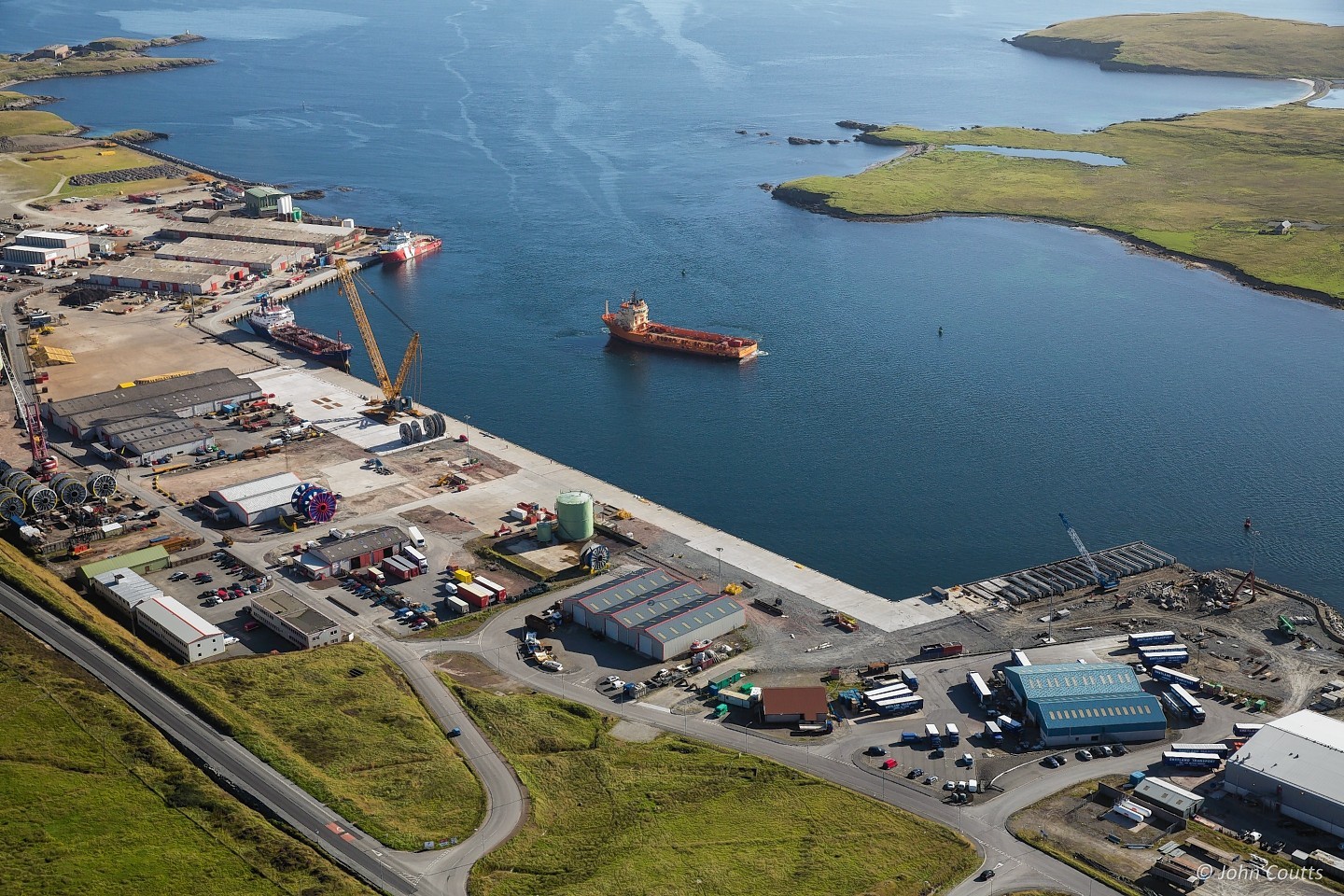Shetland fishing skippers have put their Scottish peers well and truly in the shade after increasing their annual fish landings by both value and volume.
Total landings in the isles during 2013 were up 10% by volume at 73,800 tonnes and 24% by value to £73.3million.
While pelagic stocks – mackerel and herring – dominated last year, a key factor in the bigger figures was the bumper 300,000 boxes of white-fish down on Shetland quaysides.
This was a record since at least 1990, when detailed data began to be collected.
Shetland’s figures were compiled by Ian Napier, senior policy adviser at the NAFC Marine Centre in Scalloway.
They are in stark contrast to landing statistics for the whole country announced by the Scottish Government last week.
The value of annual landings by Scottish vessels fell by 9% in real terms during 2013, to £430million, while the quantity of fish and shellfish brought ashore remained broadly constant for a seventh consecutive year, at 367,000tonnes.
Shetland MSP Tavish Scott said: “It is fantastic to see the local industry in such a healthy state and it is very reassuring to see Shetland bucking the national trend.”
Fishing chiefs said higher prices in the isles reflected the high quality of fish being caught in the North Sea and sold through the markets in Lerwick and Scalloway.
Shetland Fish Producers’ Organisation (SFPO) chief executive Brian Isbister said continued investment in the fleet and shoreside facilities and a partnership approach to safeguarding the industry’s future was paying dividends.
He added: “Community-based organisations such as Shetland Seafood Quality Control, which has helped dramatically to increase the quality of fish landed by boats in Shetland, and the NAFC Marine Centre, which underpins the industry in the islands, have all contributed to this success.
“It’s great to see the industry going in this direction and I hope the various partners can continue to work together to build on the good work done so far.”
According to Mr Napier and SFPO, more fish was landed in Shetland last year than in England, Wales and Northern Ireland combined.
In excess of 16,500tonnes of white-fish – mainly cod, haddock, whiting, saithe, monkfish, ling and megrim – worth £25million were landed in the isles.
The overall weight of white-fish was up 19% on 2012 and the value rose by 17%, with haddock the single biggest riser.
White-fish prices in Shetland were nearly 3% higher, on average, compared with typical prices across Scotland.
On the pelagic side, 55,300tonnes of fish worth £44.4million were landed in Shetland during 2013.
Mackerel accounted for 79% of the weight and 90% of the value of these landings.
